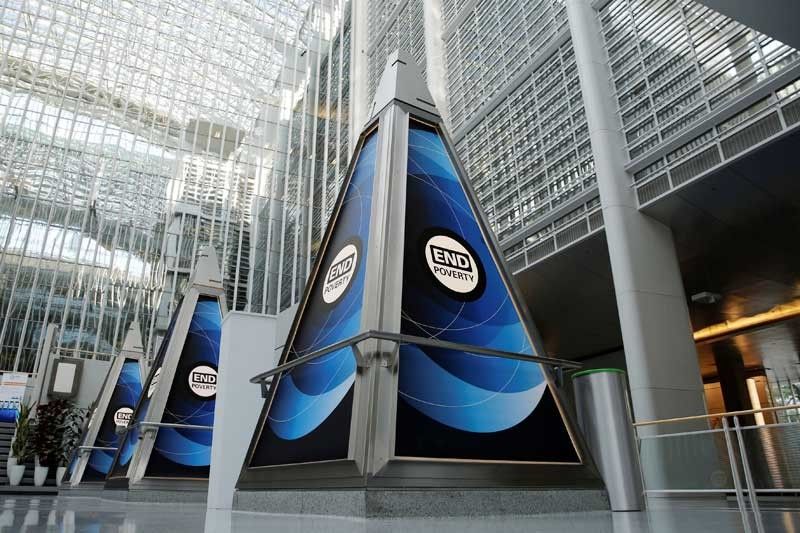World Bank doubles Philippines disaster insurance coverage to $390 million

MANILA, Philippines — The World Bank has doubled the coverage of its disaster risk insurance program for the Philippines to enable the country to better cope with losses arising from natural disasters.
The international finance institution said yesterday it has renewed the Natural Disaster Risk Insurance for the Philippines with $390 million in coverage, nearly doubling it from the 2017 policy coverage of $206 million.
This renewal provides insurance coverage to 25 provinces against major typhoons and earthquakes. Coverage under the new policy became effective on Dec. 19, 2018.
World Bank said the policy is designed to provide rapid liquidity to the government in the face of disasters to enable rebuilding and recovery of economic activities in affected communities.
Under the program, World Bank enters into an agreement with private insurers to provide coverage against disaster and severe weather impact for national government agencies and the 25 participating provinces. Insurance payouts are made when pre-defined parametric triggers are met.
The Government Service Insurance System (GSIS), in turn, provides the parametric catastrophe insurance coverage.
“This initiative demonstrates the Philippines’ strong commitment to continue investing in innovative financial solutions that will mitigate the impacts of major earthquakes and extreme climate and weather-related events,” said Mara Warwick, World Bank country director for the Philippines.
“The program complements the country’s overall strategy and efforts in ensuring resilience against natural disasters and climate change impacts,” she added.
The bank said it is also supporting the Philippines in preparing a sovereign catastrophe bond to complement the existing insurance program by providing cover for more extreme events.
“Today’s announcement marks another milestone in our partnership with the Philippines, and in our joint pursuit of leveraging capital market instruments to prevent the human and financial tolls of disasters. We look forward to deepening this partnership as we work together to harness innovative financial solutions to boost the country’s resilience against unforeseen events,” said George Richardson, World Bank director for capital markets.
The bank noted that the Philippines is among the world’s most vulnerable countries to natural disasters. The country is expected to incur, on average, $3.5 billion in asset losses each year because of typhoons and earthquakes.
Since 2008, the World Bank has issued, hedged or facilitated over $4.3 billion in transactions to transfer earthquake, wind, drought-related and pandemic risks from its borrowing member countries to the capital markets.
- Latest
- Trending





























